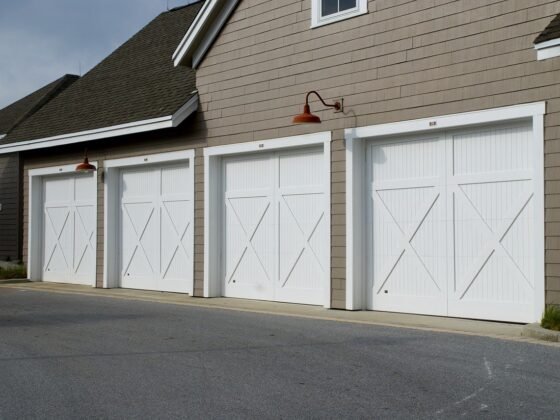Table of Contents Show
A ventilation system not only provides fresh air but also a reduction in heating costs, including heat recovery. However, proper maintenance, during which you clean the home ventilation system and change the filter, must never be forgotten.

A ventilation system is not the first thing to tackle when it comes to energy-efficiency renovation. But especially if you want to insulate your house well, you should include it in the planning from the outset.
Whether a system with heat recovery is provided and thus relieves the conventional heating system, must be calculated individually by a specialist about the property.
However, the ventilation system itself should always be installed in well-insulated houses, because on the one hand, it is difficult to ventilate regularly and on the other hand the energy loss through automatic ventilation is significantly higher than with an automatic ventilation system.
The installation should be planned by a specialist, but you can do the installation yourself in consultation with them. You can also clean the ventilation system yourself or you can find professionals to clean the air duct system.
Clean The Ventilation System: Change the Filter
After the installation of a ventilation system, regular filter changes and cleaning are particularly important. However, you can do that yourself. The filter in the ventilation system should be changed twice a year.
After the change, it makes sense to clean the ventilation system at the same time. This involves the following work:
- Clean the heat exchanger with some water.
- Clean the inside of the housing with a brush and a vacuum cleaner.
- Also, clean the ventilation wheels with the vacuum cleaner.
- Check the pollen filter every six months and replace it if necessary.
- Change filters on exhaust air inlets and wash poppet valves with soapy water.
Read Also:
Ventilation Systems at A Glance
Decentralized ventilation systems
A ventilation device on the inside of the outer wall covers one supply and one exhaust air opening.
The cold fresh air drawn in is preheated by the exhaust air on the integrated heat exchanger before it flows into the room. The cooled room air is blown outside.
Advantages:
- No air distribution system required
- Simple installation with surface-mounted devices
- Heat recovery of 75 percent is possible
- Little planning effort
Disadvantages:
- A device and supply and exhaust air vents are required in each room
- As the number of devices increases, maintenance costs also increase
- noise in the room
Central Exhaust Air Systems
A central exhaust fan extracts the used air (C) from the kitchen, bathroom, and toilet and blows it outside (A). Due to the resulting negative pressure, fresh air (B) flows in through air vents in the outer wall. The air should be preheated by the radiator.
Advantages:
- Inexpensive, effective modernization solution without an air supply system
- The heat from the exhaust air can be used indirectly by a service water heat pump
Disadvantage
- No heat recovery from the exhaust air
- In wind-exposed locations, disturbances can occur due to wind pressure/suction
Controlled Ventilation
The cold outside air (B) is sucked in centrally, preheated by the warm exhaust air (C) at the heat exchanger, and reaches the living rooms (D) via a separate duct system. The cold room air (A) is blown outside and the condensate produced during cooling is drained off.
Advantages:
- Heat recovery up to 90 percent
- Ventilation can be tailored precisely to actual needs
- Natural cooling in summer is possible with supply air underground lines
Disadvantages:
- Subsequent installation is very expensive due to the extensive supply of air system
- Most expensive solution









